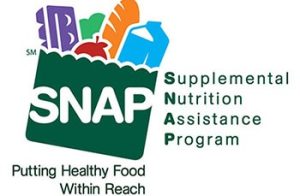Bank CEOs share concerns regarding the current state of the ag economy
Each month, Creighton University publishes the Rural Mainstreet Index based on a survey of bank CEOs in rural areas of 10 states dependent on agriculture and energy. The October report shows the index dropped below growth neutral for the fifth consecutive month.
“The Rural Mainstreet economy is now experiencing a downturn in economic activity,” says Ernie Gross, Chair in Regional Economics at Creighton University.
“Almost one in four bankers, or 23.1%, reported that the economy was already in a recession,” Gross adds. The rest of the bankers responding to the survey expect a recession to begin in 2023.
The region’s farmland price index for October declined to 58.0 from September’s 61.1 but moved above growth neutral for the 25th straight month.
Earlier this month, 55.6 acres of rich farmland ground in Plymouth County, Iowa sold for over $1.4 million, or $26,250 per acre. The sale set a new record for farmland sales in Iowa – and the parcel of land didn’t even include wind turbines or other revenue-generating assets.
USDA’s Crop Progress report released Oct. 17 marks harvest progress at 45% and 63% respectively for corn and soybeans, and farmers are getting a better idea of their 2022 crop yields.
Jim Eckert, president of Anchor State Bank in Anchor, Ill., reports, “Corn yields are about the same as 2021. Early reports indicate soybean yields are a little lower than 2021.”
Farm equity is on the rise for 2022. On average, bankers forecast a 3.4% boost in farm equity for U.S. farmers compared to 2021 levels, just under USDA’s projection of 4.2%.
Farm equipment sales dropped for the second time in the past three months. The index of equipment sales slumped below growth neutral to 47.8 after staying above growth neutral for the majority of the past two years.
The Association of Equipment Manufacturers reports a 12.8% decrease in retail farm tractor sales in September 2022 compared to the same time last year. Still, combine sales are up 6.6%.
Overall, the slowing economy, strong energy prices, higher borrowing costs and elevated ag input costs weigh heavy on rural America. The business confidence index slid almost 10 points in October to a reading of 30.8 “This is the lowest reading for the confidence index since May 2020,” said Goss.






